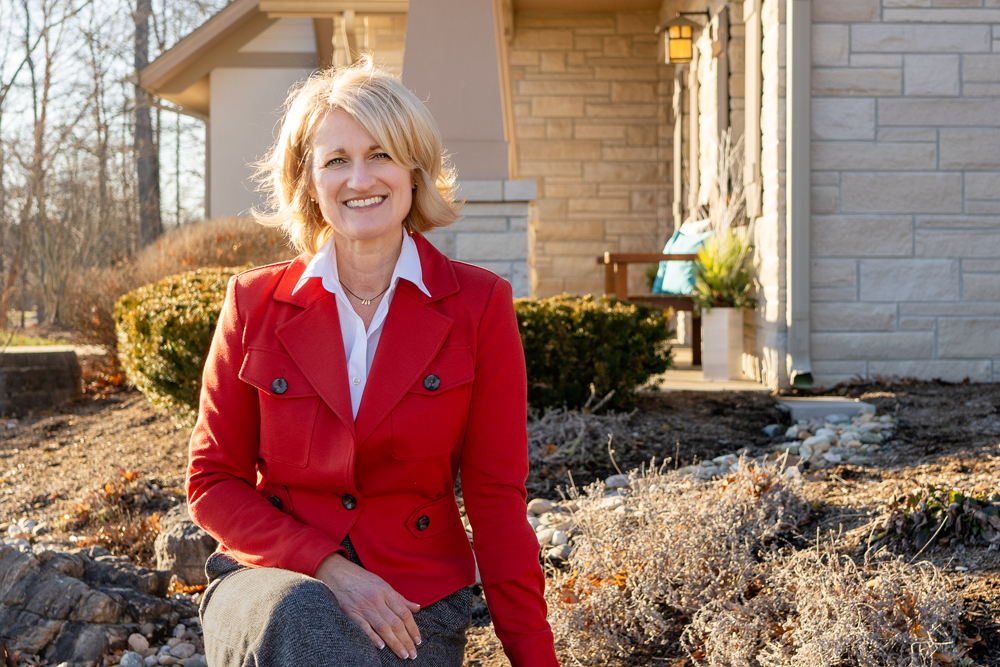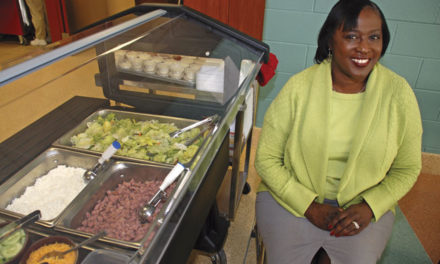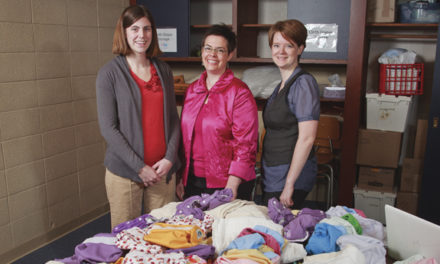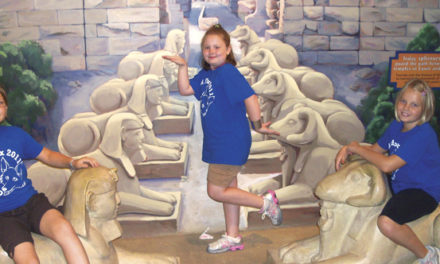
by TRACY ZOLLINGER TURNER
In the summer of 2018, nurses at the IU Health Bloomington Hospital Hospice House rolled a patient outside in his hospital bed. A horse that had been a part of his family for years awaited him, brought to the facility in a trailer. Nurses put feed in the patient’s hand, allowing the horse and his dying owner to connect one final time.
What hospice is and does is often not known or understood until the services are needed, says Stephanie Cain, regional director of IU Health Home Health Hospice and Hospice House.
Hospice is supportive care for people in the final phase of a terminal illness. Once a person has been given a diagnosis of six months or less to live and is no longer seeking life-extending or curative treatment (such as chemotherapy), Cain says hospice can provide “compassionate, whole-person care for the mind, body, and spirit” during the dying process.
Cain says the aim of hospice is to allow the individual to have “great quality of life” for the remainder of their life. What that means depends on the individual. For one person, it might mean having a beloved horse brought to their bedside. It often means “wraparound care for the whole family” to help everyone through the experience—before, during, and after the loved one’s death.
Hospice House is the only facility designed specifically for hospice care in south-central Indiana—12,000 square feet designed to feel more home-like than institutional. Set in three wooded acres on the south side of Bloomington, Hospice House has a communal kitchen, play spaces for children, and 12 patient rooms with ample space for visitors to visit or sleep.
But IU Health Hospice reaches well beyond the walls of Hospice House. The majority of its patients (generally 90 to 100 at a time) are treated in their homes with individualized services that include pain and symptom management—often referred to as “comfort care.” Some patients receive hospice services in assisted living facilities, nursing homes, or while in the hospital, Cain says. Those who are directly admitted into Hospice House often have no one to help them at home or loved ones who are in need of a few days of respite from caregiving.
Hospice also supplies equipment (such as a home hospital bed), optional counseling from chaplains, consultation with social workers, and, after the patient has died, grief and bereavement support for surviving loved ones, sometimes in groups with common experiences, like widowed spouses or children who have lost parents. “They process, they talk about what they miss, and what they remember,” Cain says.
With 80 active volunteers, IU Health has the largest volunteer force of any hospice in Indiana. It is also the only public hospice in the region. There are a number of private hospices that also provide at-home symptom management, equipment, spiritual care, and grief and bereavement support in Bloomington, including SouthernCare Hospice, Heart to Heart Hospice, Brookdale Bloomington, and Premier Hospice & Home Health.
“Hospice is so special,” Cain says. “When we go to the hospital, so much of it is about our body and our acute need. I think hospice’s whole-person approach is the way we want health care to move in the future.”











